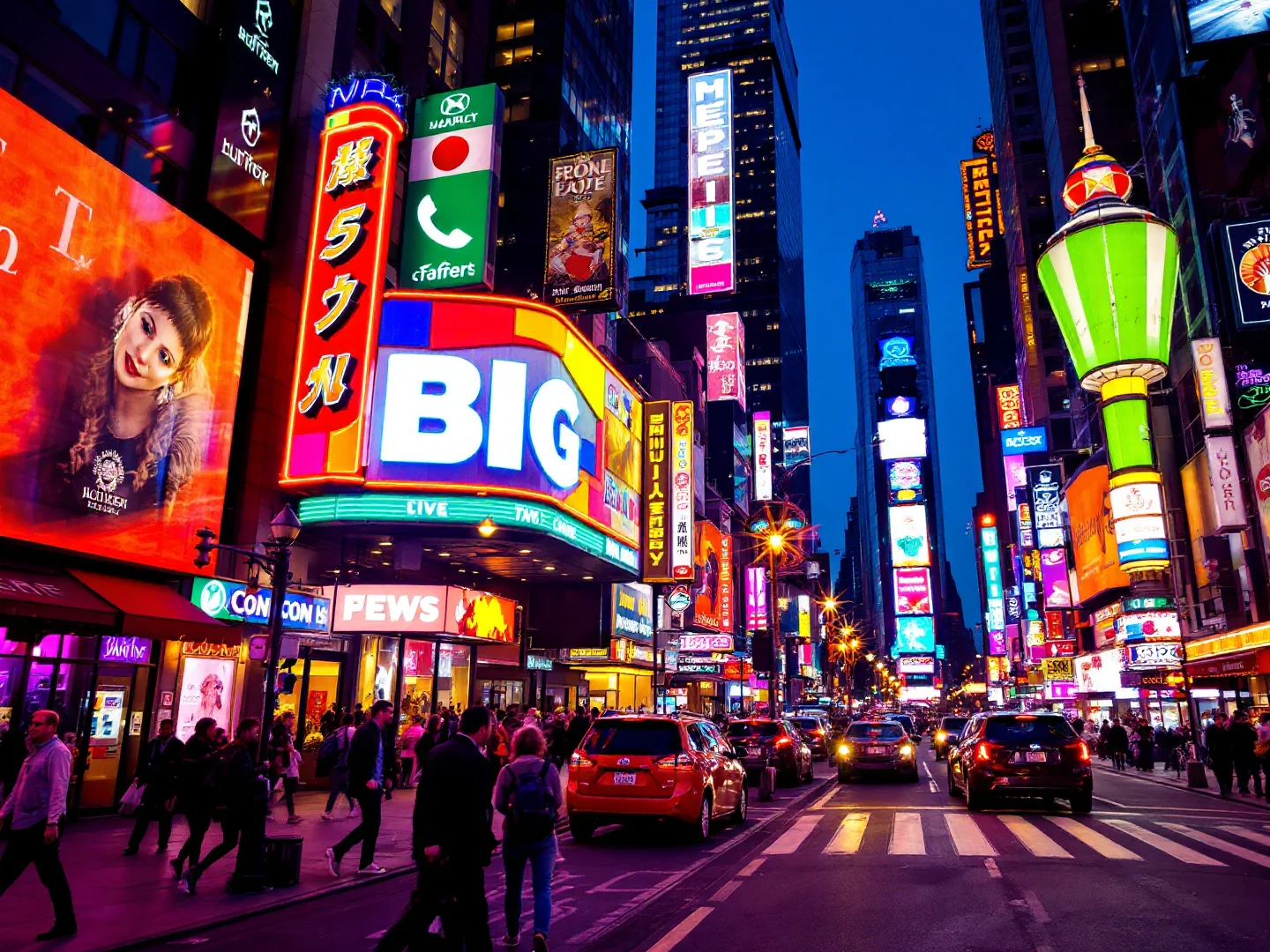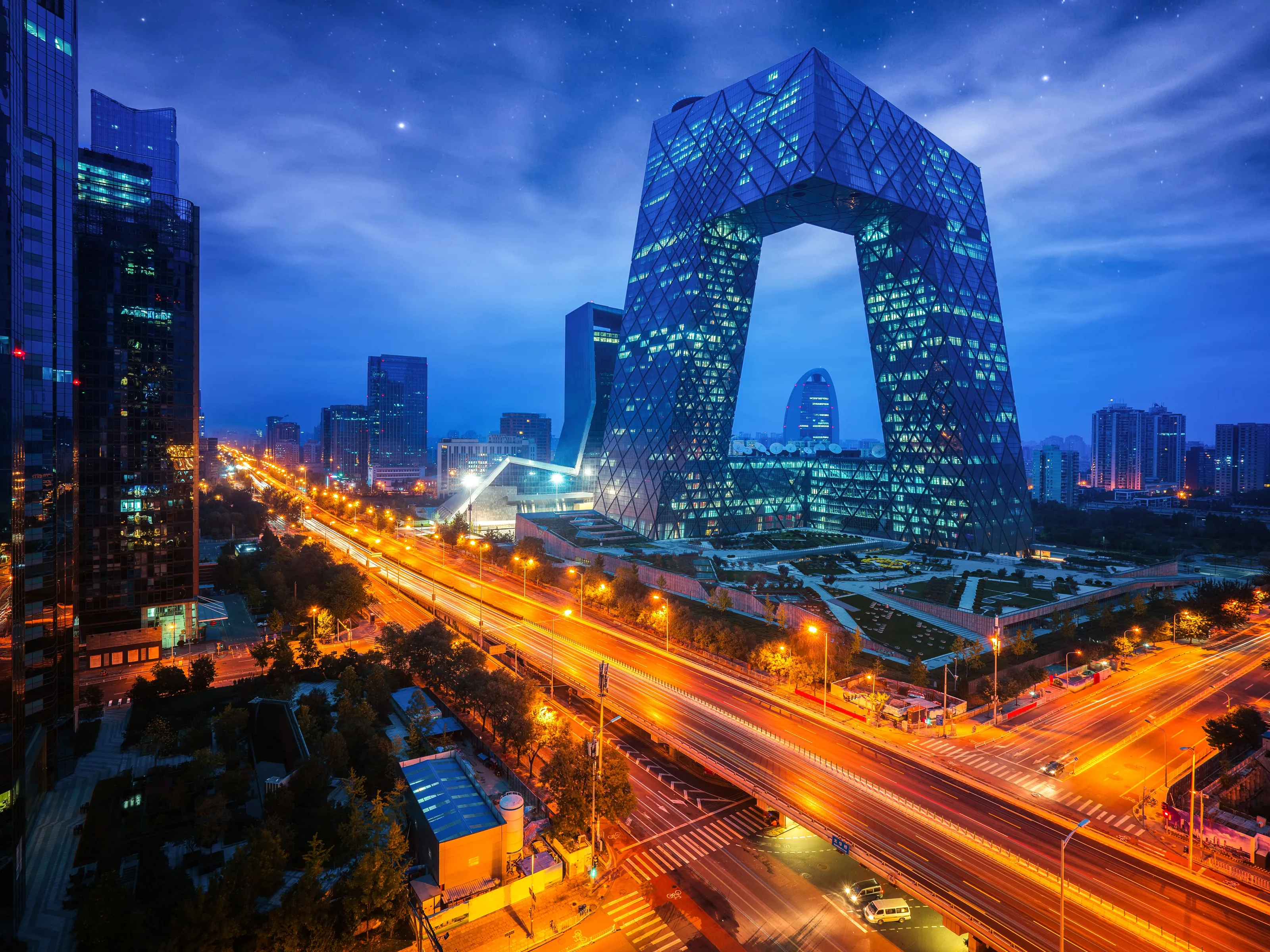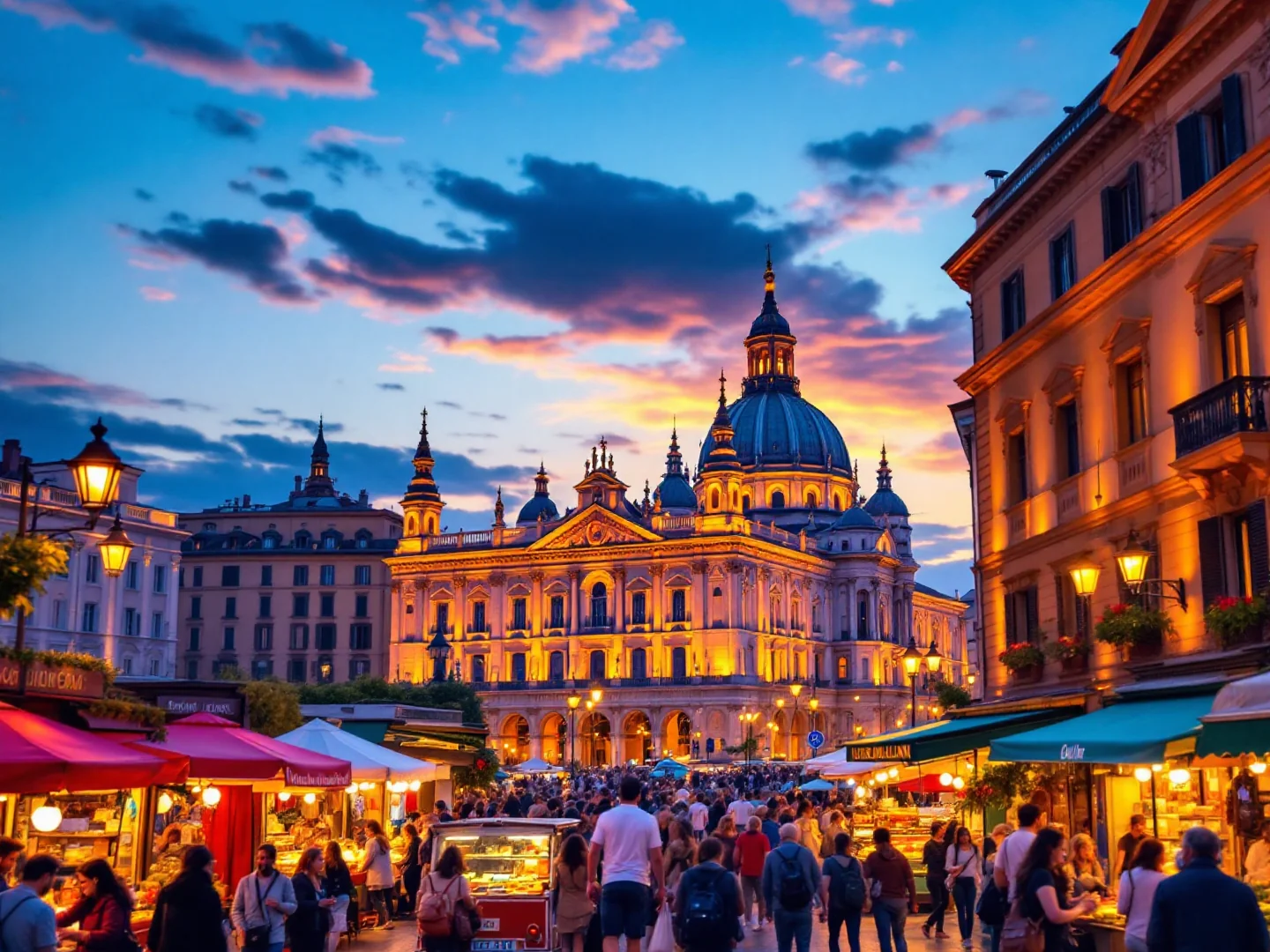Why Visit Washington DC?
Washington DC commands as America's political heart where the Capitol's white dome presides over the National Mall's museums and monuments, cherry blossoms frame the Tidal Basin each spring creating pink dreamscapes, and world-class Smithsonian museums offer free admission to treasures spanning from the Hope Diamond to moon rocks. The nation's capital (700,000 in DC, 6.3 million metro area) operates as unique federal district—not a state, its license plates protest 'Taxation Without Representation'—where politics permeates every conversation and government workers commute from Virginia and Maryland suburbs. The National Mall stretches 2 miles from the Capitol to Lincoln Memorial, lined with iconic white marble: Washington Monument's 555-foot obelisk, World War II Memorial's fountains, Vietnam Veterans Memorial's black granite wall inscribed with 58,000+ names, and Lincoln's statue gazing toward the reflecting pool where MLK delivered 'I Have a Dream.' Yet DC's museum wealth stuns—17 Smithsonian museums & galleries in the DC area (plus the National Zoo) are all FREE: Air and Space displays Wright Brothers' plane and Apollo 11 capsule (note: timed passes required), Natural History houses dinosaurs and the Hope Diamond, American History preserves the Star-Spangled Banner, and African American Museum chronicles slavery to Obama (timed passes required).
Several popular Smithsonian sites now require free timed-entry passes, which must be reserved in advance online. Beyond the Mall, Georgetown's cobblestone streets and C&O Canal preserve 18th-century elegance, U Street's corridor revived as nightlife hub honors Duke Ellington's jazz legacy, and Capitol Hill's Eastern Market serves brunch crowds at neighborhood institution. Cherry Blossom Festival (late March-early April) draws 1.5 million visitors to Tidal Basin's Japanese gift trees exploding in pink bloom.
International Spy Museum, Library of Congress's ornate reading room, and Arlington Cemetery's Changing of Guard honor American stories. The food scene evolved from power-lunch steakhouses to international cuisines reflecting diplomatic community—Ethiopian on U Street, Vietnamese in Falls Church, Ben's Chili Bowl's half-smokes since 1958. With efficient Metro, walkable monuments, free museums, and springtime cherry blossoms, DC delivers American history and political theater.
(Check current government-shutdown status before travel; Smithsonian museums and the National Gallery can close temporarily when federal funding lapses.)
What to Do
National Mall & Monuments
Lincoln Memorial & Reflecting Pool
Iconic white marble temple (free, 24/7) houses 19-foot seated Abraham Lincoln statue. Read Gettysburg Address and Second Inaugural Speech inscribed on walls. Stand on steps where MLK delivered 'I Have a Dream' speech in 1963. Reflecting pool mirrors Washington Monument. Visit sunrise (6-7am) for golden light and no crowds, or illuminated at night (9-11pm) when magical. 15-minute walk from WWII Memorial. Combine with Vietnam and Korean War memorials nearby. Allow 30-45 minutes. Accessible by metro or bike.
Vietnam & WWII Memorials
Vietnam Veterans Memorial's black granite wall lists 58,000+ names of fallen soldiers (free, 24/7). Touch names, see reflection—emotionally powerful. Nearby statue of Three Servicemen and Women's Memorial. WWII Memorial's fountains and pillars honor 16 million who served. Both located National Mall west end near Lincoln Memorial. Visit morning or evening—midday summer heat brutal. Rangers available for questions. Moving experience—allow 45 minutes both sites. Photography respectful—no selfie sticks at Vietnam wall.
Washington Monument
555-foot obelisk dominates National Mall. Visiting is free, but you must reserve a timed ticket online (recreation.gov), which carries a $1 service fee per ticket. Tickets release 30 days in advance, plus a smaller 'day-before' batch. Elevator to top (500 feet) offers panoramic views over Mall, Capitol, monuments. Same-day walk-up options limited. Views excellent but not essential—better from outside photographing it. Allow 60-90 minutes including security. Open 9am-5pm daily. Reserved times enforced. Skip if can't get tickets—plenty of free alternatives.
Smithsonian Museums (All Free)
National Air and Space Museum
Most visited museum in US (free entry but timed passes required, 10am-5:30pm). See Wright Brothers' 1903 Flyer, Spirit of St. Louis, Apollo 11 command module, moon rocks you can touch. Main building on Mall plus Udvar-Hazy Center near Dulles Airport (better for large aircraft). Book free timed passes in advance. Arrive at 10am opening or after 3pm—midday insanely crowded. Allow 2-3 hours. Planetarium shows cost extra ($9). Kids go crazy here. Note: the National Mall building is under a long-running renovation; not all galleries are open at once—check what's open before you go. Download app for highlights.
National Museum of Natural History
Hope Diamond (45.52 carats, cursed gem valued $200–$350 million) draws crowds (free museum, 10am-5:30pm). Also see dinosaur fossils (T. rex, triceratops), massive African bush elephant in rotunda, Ocean Hall, butterfly pavilion ($8). Family-friendly and huge—overwhelming without plan. Focus on Hope Diamond (2nd floor), dinosaurs, and mammals hall. Arrive at 10am or after 3pm. Allow 2-3 hours minimum. Food court in basement. Download map—easy to get lost. Most visited natural history museum globally.
National Museum of African American History and Culture
Powerful museum chronicling slavery to Obama (free but timed passes required—book online 30+ days ahead). Most in-demand Smithsonian. Start in basement with slave trade exhibits, progress chronologically upward to civil rights and modern achievements. Emotionally intense—allow 3-4 hours. Arrive for scheduled entry time. Cafeteria serves soul food. Same-day passes released 6:30am online (first-come)—be online at 6:29:50am. Architecture striking—bronze corona facade. Essential DC experience but heavy material.
National Gallery of Art
Two buildings connected by underground passage (free, open daily 10:00-17:00; closed only on Dec 25 & Jan 1). West Building: European masters—da Vinci, Vermeer, Monet, Rembrandt. East Building: modern art—Picasso, Rothko, Pollock. Sculpture garden between buildings has outdoor café. Allow 2-3 hours (could spend days). West Building's rotunda most impressive. Not Smithsonian but free and excellent. Sunday concerts free. Pick up map at entrance—huge and easy to get lost.
Capitol Hill & Government
US Capitol Tour
Free guided tours of Capitol building (book online via house.gov or senate.gov weeks ahead, US citizens contact representative). See Rotunda, National Statuary Hall, Crypt. Tours 8:50am-3:20pm Monday-Saturday. Same-day standby tickets at Capitol Visitor Center (arrive 8am, limited). Allow 90 minutes including security. Cannot enter House/Senate chambers on public tour. Watch Congress in session from galleries (separate free tickets—line up early). Dress code enforced. Impressive architecture and American history.
Library of Congress
World's largest library (free entry, 8:30am-4:30pm Monday-Saturday) in stunning Beaux-Arts building. Main Reading Room's ornate dome requires visitor pass to enter—view from 2nd floor gallery (no pass needed). Exhibition galleries show Jefferson's library, Gutenberg Bible, original maps. Architecture rivals European palaces—marble, murals, sculptures. 30-minute guided tours (free, hourly). Located across from Capitol. Allow 60 minutes. Bring ID for research room access. Photography allowed in public areas.
Supreme Court
Highest court in US (free entry, 9am-4:30pm Monday-Friday). Grand marble building with 'Equal Justice Under Law' inscription. When court in session (October-June, Mondays), watch oral arguments (line up early—limited seats, first-come). Lectures in courtroom when not in session. Small exhibition explains judicial system. Quick 20-30 minute visit. Located next to Capitol. Combine with Library of Congress—all three walkable. Security screening. No photography in courtroom.
Neighborhoods & Local Life
Georgetown Historic District
18th-century neighborhood (predates DC's founding) preserves cobblestone streets, Federal-style rowhouses, C&O Canal towpath. M Street has upscale shopping, restaurants. Wisconsin Avenue climbs to Georgetown University campus (free to walk, beautiful grounds). Waterfront has Kennedy Center and harbor walk. Best afternoon/evening (3-8pm)—brunch crowds then dinner scene. Cupcakes at Georgetown Cupcake (expect line). No metro station—bus, bike, or walk from Foggy Bottom. Allow 2-3 hours wandering. Priciest neighborhood but charming.
Cherry Blossom Festival
Late March-early April brings peak bloom of 3,000+ Japanese cherry trees around Tidal Basin (free). Gift from Japan 1912. Creates pink canopy over paths. Peak bloom date unpredictable (monitor NPS website)—lasts 7-10 days. Crowds intense—1.5 million visitors during festival. Visit sunrise (6-7am) for photos without people or weekday mornings. Paddle boats available on Tidal Basin ($15/hour). Festival includes parade, kite festival. Jefferson Memorial and FDR Memorial circuit Tidal Basin. Book hotels months ahead for bloom week. Most beautiful DC experience but packed.
Eastern Market & Capitol Hill
Historic covered market (free entry, Tuesday-Sunday) serves neighborhood since 1873. Weekend flea market (Saturday-Sunday) sells crafts, art, antiques. Indoor vendors sell fresh produce, meat, cheese. Blueberry buckwheat pancakes at Market Lunch (expect 30+ minute wait Saturday-Sunday). Local Capitol Hill residents shop here—authentic vs. tourist markets. Farmers market Saturday outside. Sunday brunch scene. Metro: Eastern Market (orange/blue line). Allow 90-120 minutes. Combine with Capitol Hill rowhouse strolls—residential neighborhood walkable and safe.
Gallery
Travel Information
Getting There
- Airports: IAD, DCA
Best Time to Visit
April, May, September, October
Climate: Moderate
Weather by Month
| Month | High | Low | Rainy days | Condition |
|---|---|---|---|---|
| January | 9°C | 0°C | 7 | Good |
| February | 10°C | 1°C | 12 | Good |
| March | 16°C | 5°C | 15 | Wet |
| April | 17°C | 6°C | 16 | Excellent (best) |
| May | 21°C | 11°C | 11 | Excellent (best) |
| June | 29°C | 19°C | 13 | Wet |
| July | 33°C | 23°C | 15 | Wet |
| August | 29°C | 21°C | 21 | Wet |
| September | 24°C | 16°C | 13 | Excellent (best) |
| October | 20°C | 11°C | 10 | Excellent (best) |
| November | 16°C | 7°C | 7 | Good |
| December | 8°C | 0°C | 6 | Good |
Weather data: Open-Meteo Archive (2020-2024) • Open-Meteo.com (CC BY 4.0) • Historical avg. 2020–2024
Budget
Excludes flights
Visa Requirements
Visa required
💡 🌍 Traveler Tip (November 2025): Best time to visit: April, May, September, October.
Practical Information
Getting There
Reagan National Airport (DCA) is closest (7km south)—Metro Blue/Yellow to downtown $3 (15-20 min). Dulles International (IAD) 42km west—Silver Line Metro $6 (1 hour) or bus $5 Baltimore/Washington (BWI) 50km north—MARC/Amtrak trains $7–$16 Union Station serves Amtrak from NYC (3hr), Boston (7hr), nationwide.
Getting Around
Metro (subway) excellent—6 lines, color-coded. SmarTrip card or $3/ride, day pass $15 Operates 5am-midnight weekdays, later weekends. National Mall walkable (2 miles). DC Circulator buses $1 Uber/Lyft available. Capital Bikeshare $2/trip, $8/day. Don't need cars—parking nightmares. Most monuments within walking distance.
Money & Payments
US Dollar ($, USD). Cards everywhere. ATMs plentiful. Tipping mandatory: 18-20% restaurants, $2–$5/drink bars, 15-20% taxis. Sales tax: 6% general rate; 10% on restaurant meals and prepared food, while basic groceries are effectively tax-free. All Smithsonians and monuments FREE—saves huge costs.
Language
English official. DC very international due to embassies—many languages spoken. Most signs English. Communication effortless. Diverse population reflects diplomatic community.
Cultural Tips
Museums free but popular ones need timed passes (Air & Space on the Mall, African American Museum, National Zoo—book online weeks ahead). Washington Monument tickets also require advance reservation ($1 service fee). Security screening everywhere—government buildings, museums. Stand right on Metro escalators. Tipping expected. Walk left, stand right on sidewalks (government workers rush). Book restaurants ahead for popular spots. Cherry blossom peak unpredictable—monitor bloom forecasts. Summer humidity brutal—hydrate. Many staffers walk fast and talk politics—embrace it.
Perfect 3-Day Washington DC Itinerary
Day 1: National Mall East
Day 2: Monuments & Museums
Day 3: Arlington & History
Where to Stay in Washington DC
National Mall
Best for: Monuments, Smithsonian museums, iconic sights, walking tours, all free, tourist epicenter
Georgetown
Best for: Historic cobblestones, upscale shopping, waterfront, university, restaurants, charming
Capitol Hill
Best for: US Capitol, Supreme Court, Library of Congress, Eastern Market, residential, safe
U Street & Adams Morgan
Best for: Nightlife, Ethiopian food, bars, clubs, Duke Ellington heritage, younger crowd, diverse
Frequently Asked Questions
Do I need a visa to visit Washington DC?
What is the best time to visit Washington DC?
How much does a trip to Washington DC cost per day?
Is Washington DC safe for tourists?
What are the must-see attractions in Washington DC?
Popular Activities
Top-rated tours and experiences in Washington DC
Ready to Visit Washington DC?
Book your flights, accommodation, and activities






